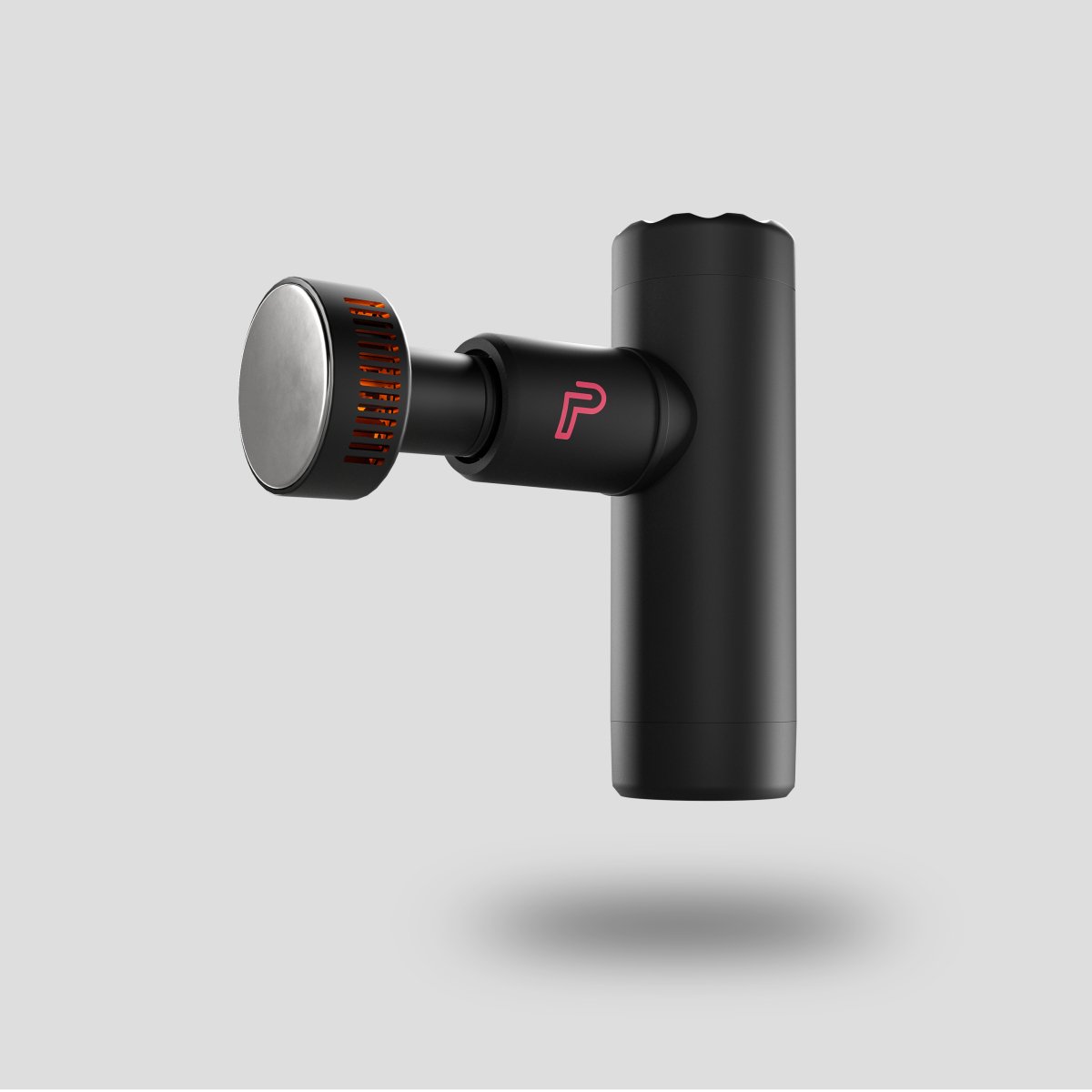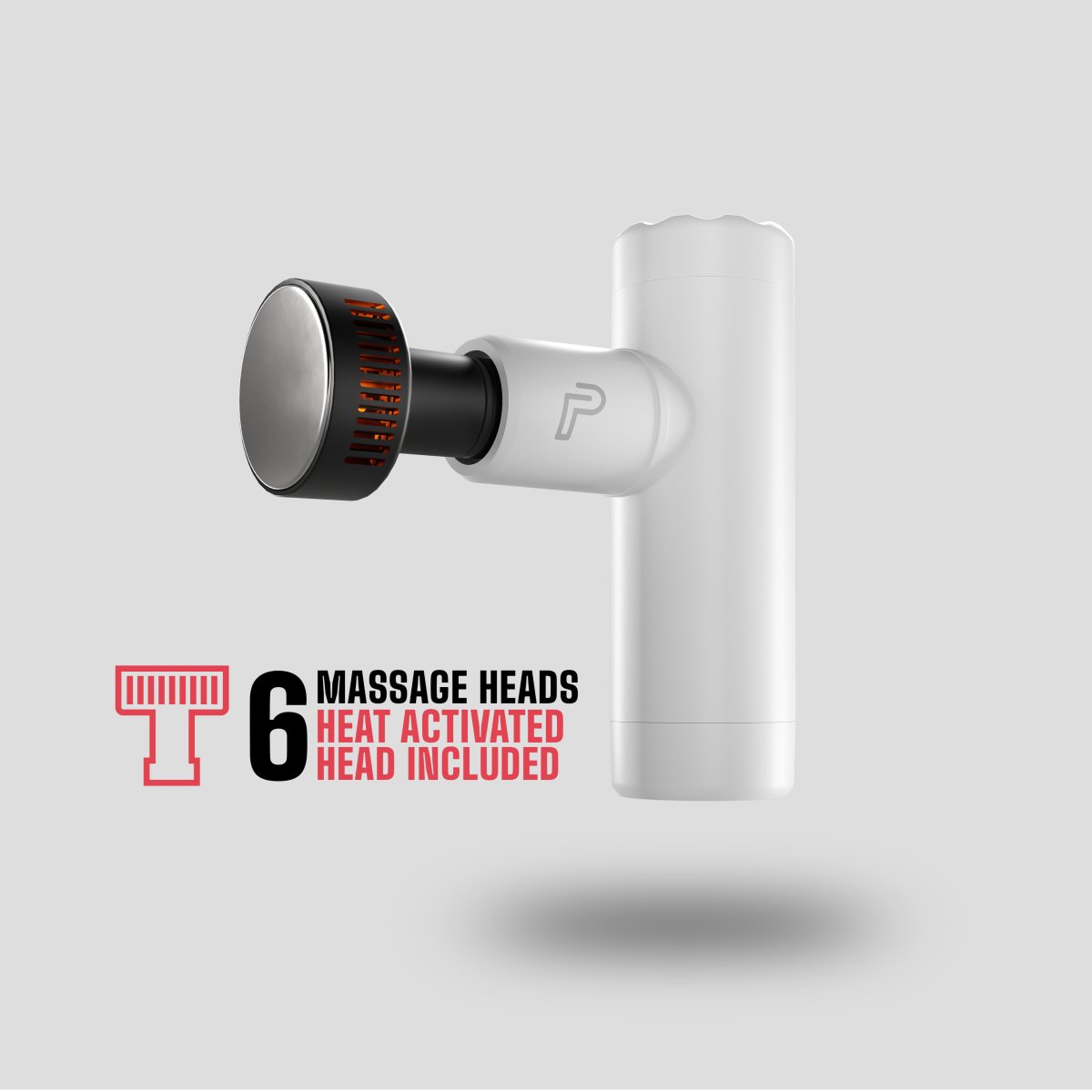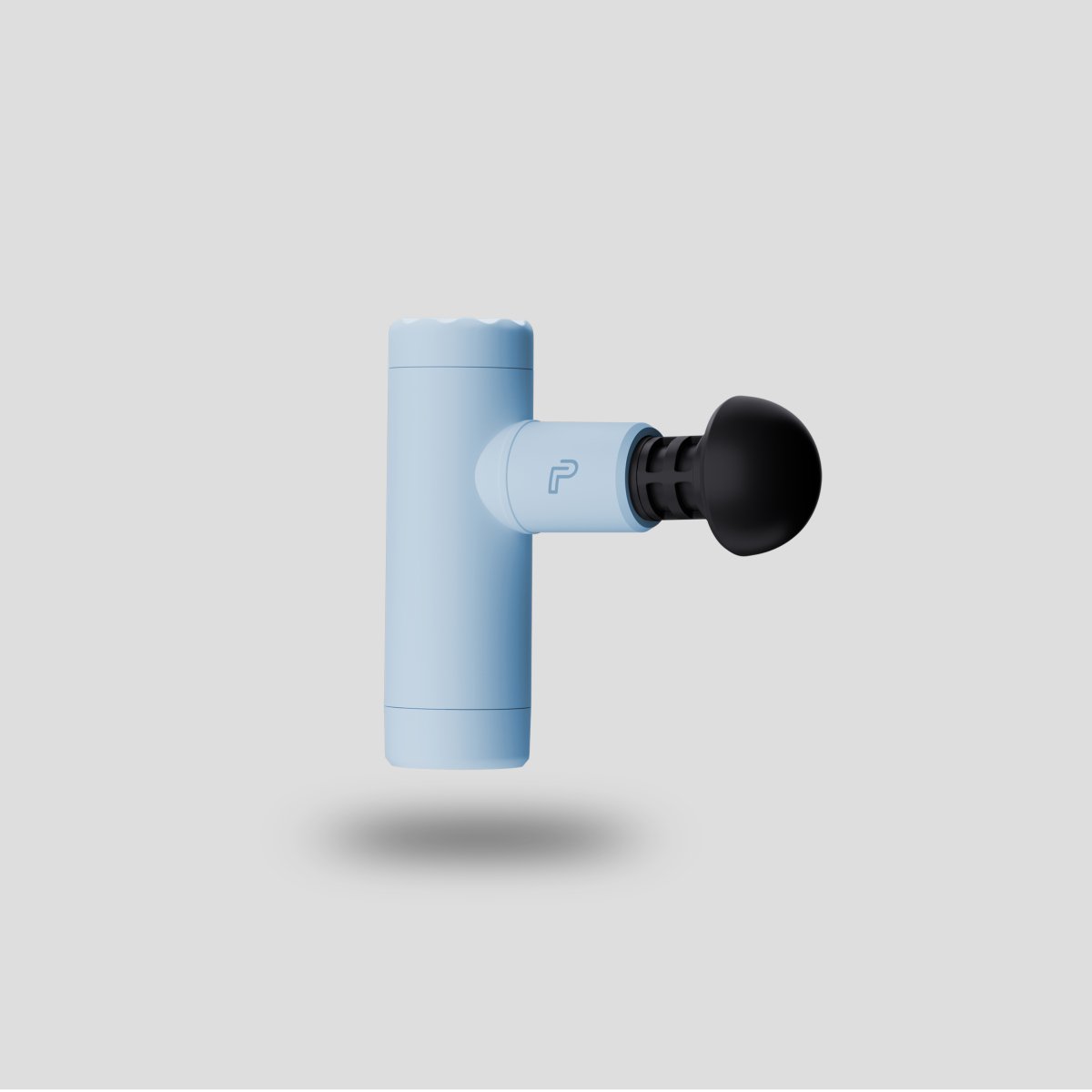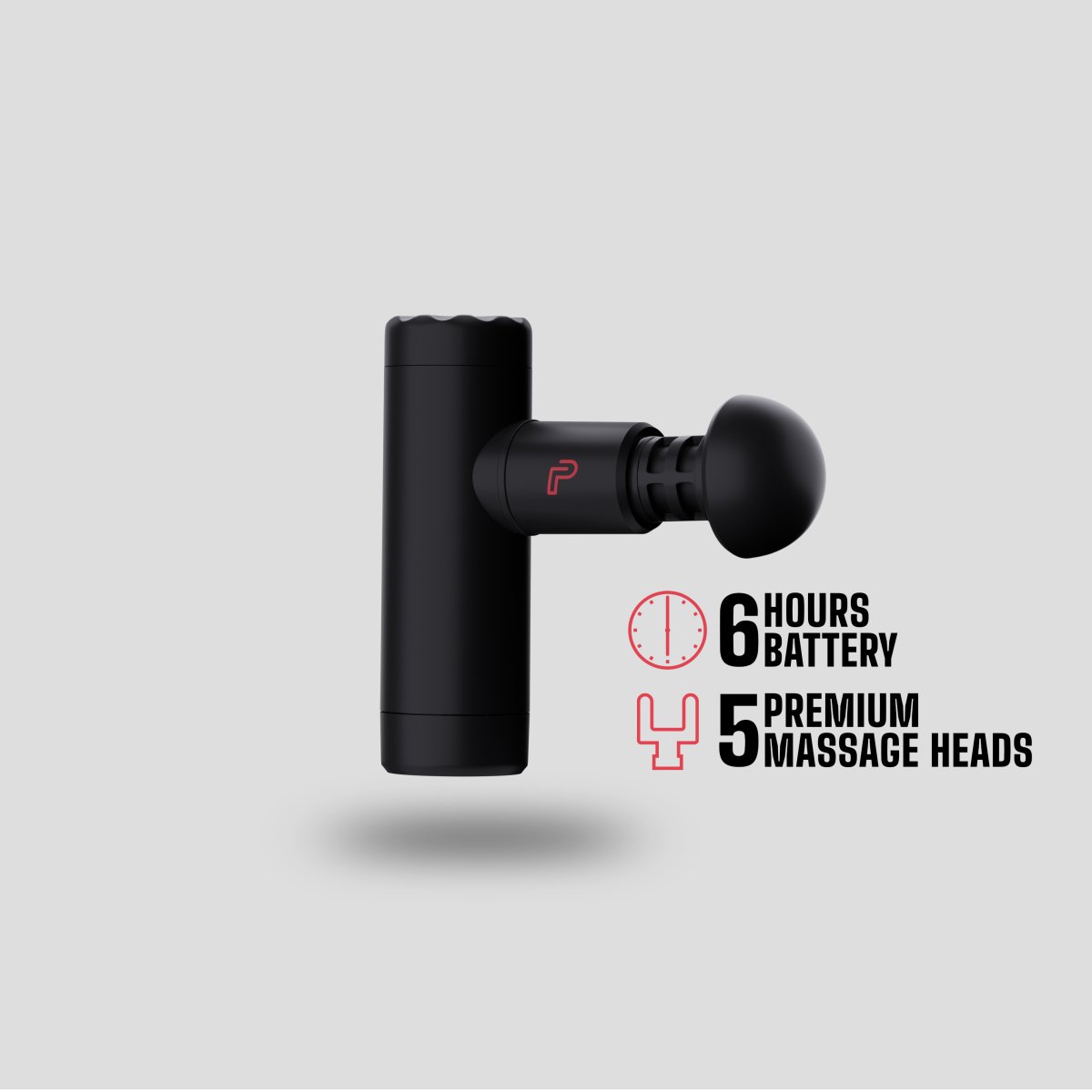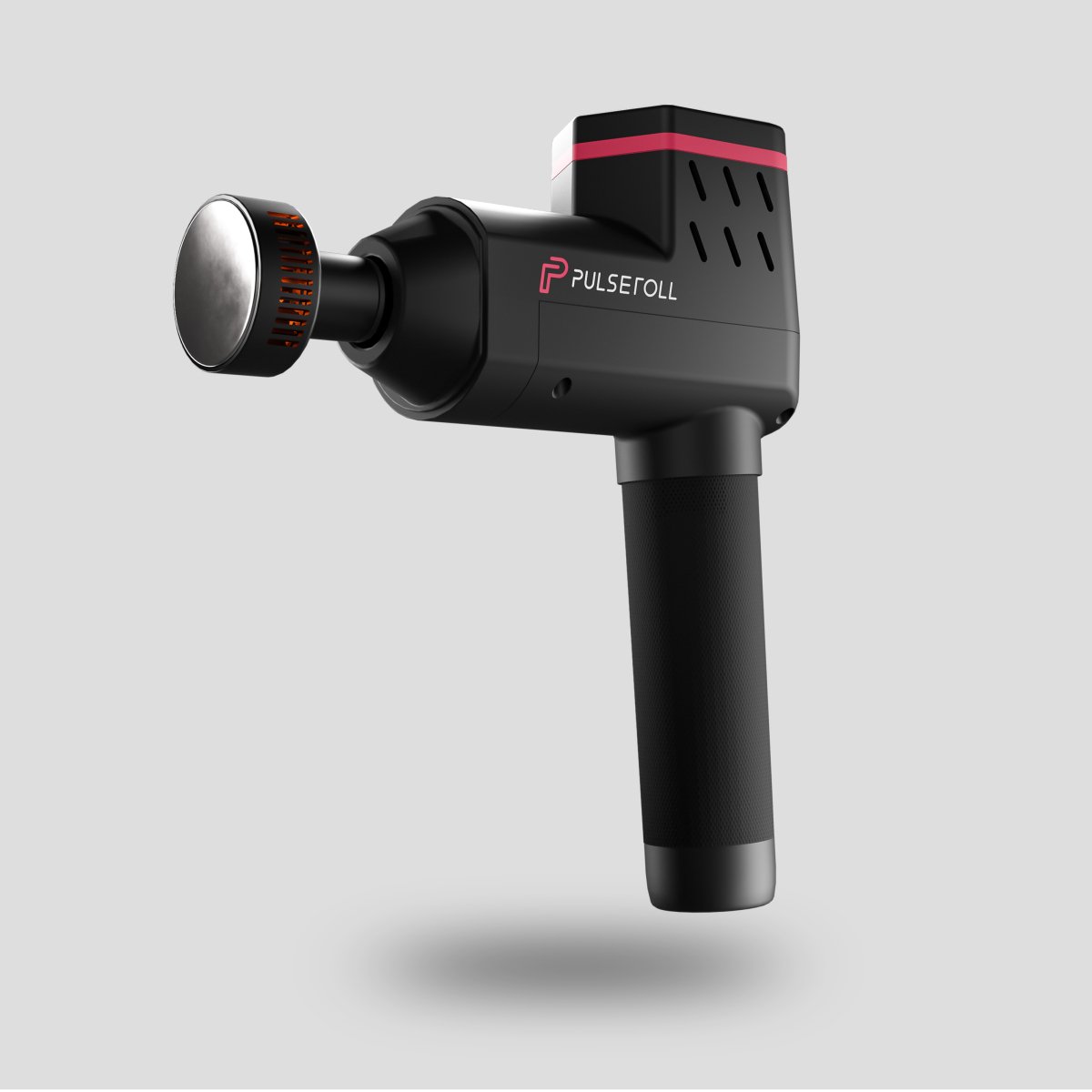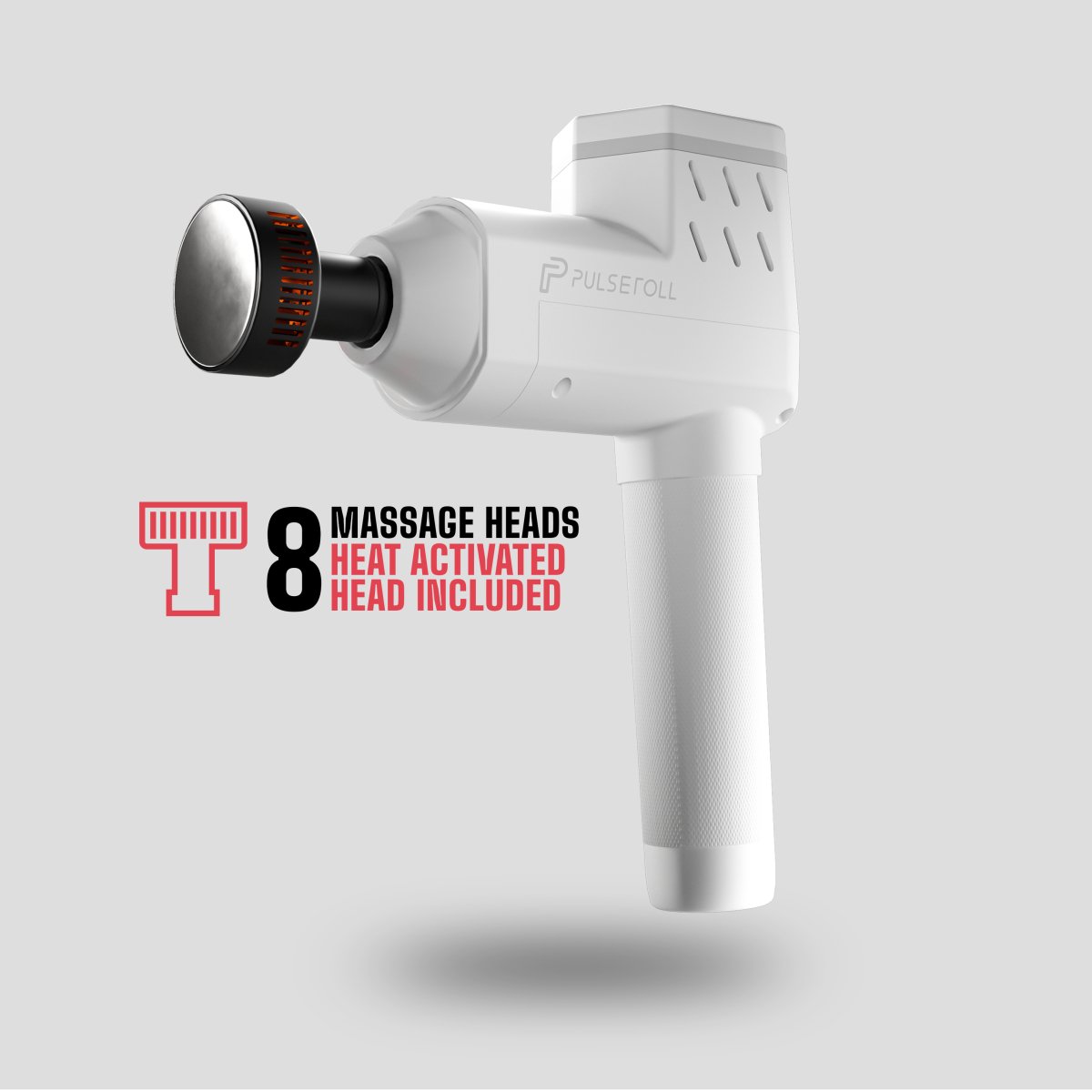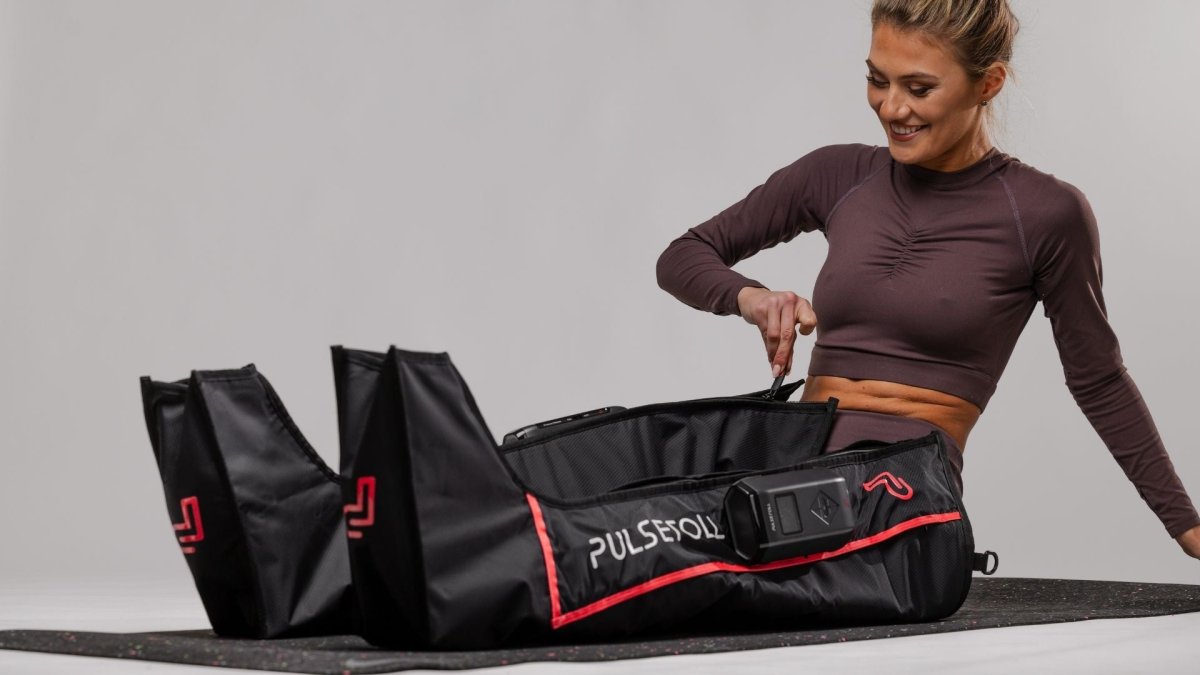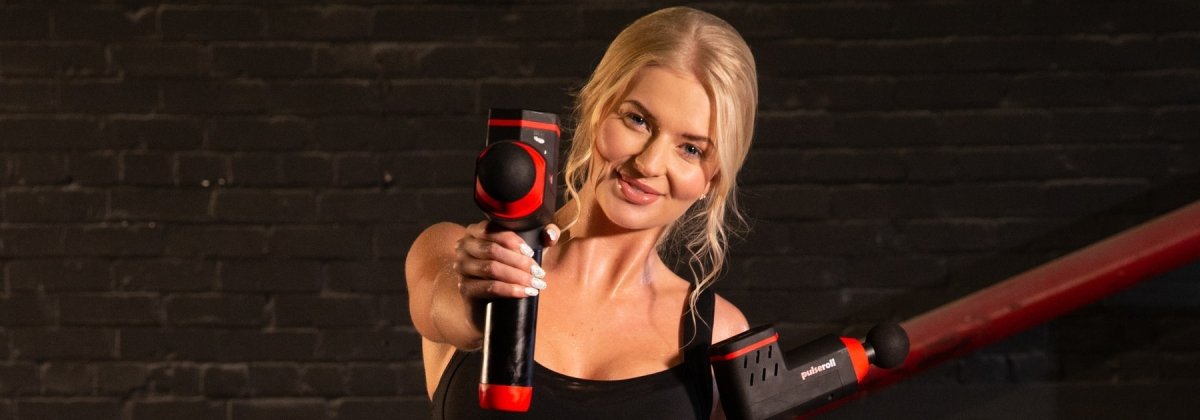The science behind increasing limb range of motion and improving sports performance.

What is Flexibility?
The human body consists of many bones, one of the primary functions of bones is to facilitate movement. The point where two or more bones meet is referred to as the joint, these junctions between bones are secured with ligaments. Muscles are attached to bones via tendons and these tendons cross over joints. When the muscle shortens or lengthens it produces mechanical force, which is transmitted to the tendon and creates movement of the bones.
Flexibility is a general term used for describing how effectively you can move your joints through their normal healthy ranges (Range of motion, ROM). When someone suggests they are flexible we perhaps think of them reaching down and touching their toes or bending deeply into a squat. But the definition of flexibility is more complicated than simply being able to do a single stretch. Flexibility is health-related component of physical fitness that relates to the range of motion available at a joint.
That means that each joint and each group of muscles in your body might have a different ROM or a different level of flexibility. Some areas of your body may be very tight, due to short or restricted muscles. Some areas of your body may feel very loose and you may be able to lengthen and move those muscles freely.
Factors that affect your flexibility
Many factors affect individual levels of flexibility. The likely cause will be within the joint or the surrounding tissues (muscles, tendons and ligaments) but the underlying problem could be due to one of many reasons.
The most common causes are overuse injuries, trauma, age, disease and lifestyle. Athletes undertake many hours of training and competition so overuse and injury are the main factors behind reduced flexibility and subsequent loss of performance.
Consider undertaking some baseline assessments to determine whether you have sub optimal flexibility and any areas of the body you might need to focus on. Physiotherapists and sports performance assessment centres are a good place to start.
Flexibility and athletic performance
Muscle tightness and restricted ROM are common problems for athletes.
Athletes with a higher ‘basal’ flexibility have been shown to perform better in their associated sports with reasons cited as; increased sprint ability, agility and power (4). Improving ROM above your normal levels before competition has also been shown to increase performance (2). Plus maintaining long term higher levels of flexibility can result in reduced injury risk (5).

Improving flexibility
So now you hopefully appreciate that having healthy, strong but flexible muscles allow a normal ROM in your joints. This ROM helps reduce the risk of injury, increases overall fitness and subsequent sporting performance.
How then do we improve our flexibility? As a healthy athlete, the most common cause of low flexibility, will be high levels of training and lack of attention to proactively maintaining/improving ROM. The first, and most important, change to make is to improve consistency. Whatever method you choose, you need to do it often! Stretching once per week for example will simply not bring all the benefits discussed. Change your mind-set, consider this as part of your training, It’s going to make you better!!
Methods to consider:
Classic static stretching (SS)
Pre/post workout stretching whereby individuals take a muscle to a comfortable limit and hold for 15-30seconds.
PNF stretching
Proprioceptive Neuromuscular Facilitation (PNF) is a more advanced form of flexibility training, which involves both the stretching and contracting of the muscle group being targeted.
Foam rollers
Application of direct pressure to a muscle.
Vibration therapy
Application of local vibration to the muscles. Much research has been undertaken in the area of flexibility for athletes with regards to recovery and performance.
In summary, all four of the above methods have consistently shown to improve ROM, with good evidence that vibration and PNF stretching tend to be the more effective (1) (2).
Interestingly when scientists also measured performance after ROM was increased, multiple studies showed evidence that only the groups that used vibration therapy maintained or improved performance. The groups who had undertaken SS or PNF stretching had a short-term loss of performance, with scores lower in power/sprint based tasks. (1) (2) (6) (7)
PULSEROLL - The best tool
Great news if you own one of our Pulseroll vibrating rollers!! When compared to standard stretching practice and non-vibrating foam rollers, our local vibration therapy has been shown to increase ROM significantly more. Additionally the reduction in performance seen with other stretching methods was not observed with local vibration!!
So start to use your Pulseroll to improve flexibility and performance or grab one today and benefit tomorrow (we also have a rather helpful post on 5 easy exercises to improve flexibility and strength).
References
(1) Comparison of vibration rolling, nonvibration rolling, and static stretching as a warm-up exercise on flexibility, joint proprioception, muscle strength, and balance in young adults
(2) Comparison of a Vibration Roller and a Nonvibration Roller Intervention on Knee Range of Motion and Pressure Pain Threshold: A Randomized Controlled Trial
(3) Effects of static stretching and neurodynamic mobilization on hamstring flexibility in elderly population-a randomized clinical trial
(4) Impact of limited hamstring flexibility on vertical jump, kicking speed, sprint, and agility in young football players
(5) Effect of Injury Prevention Programs that Include the Nordic Hamstring Exercise on Hamstring Injury Rates in Soccer Players: A Systematic Review and Meta-Analysis
(6) Acute effect of different stretching methods on flexibility and jumping performance in competitive artistic gymnasts
(7) Effect of static stretching or foam rolling on hamstring range of motion and strength
Stuart Percival is head sports physiologist at www.sunsportcoaching.com A Manchester based sports performance assessment business.






